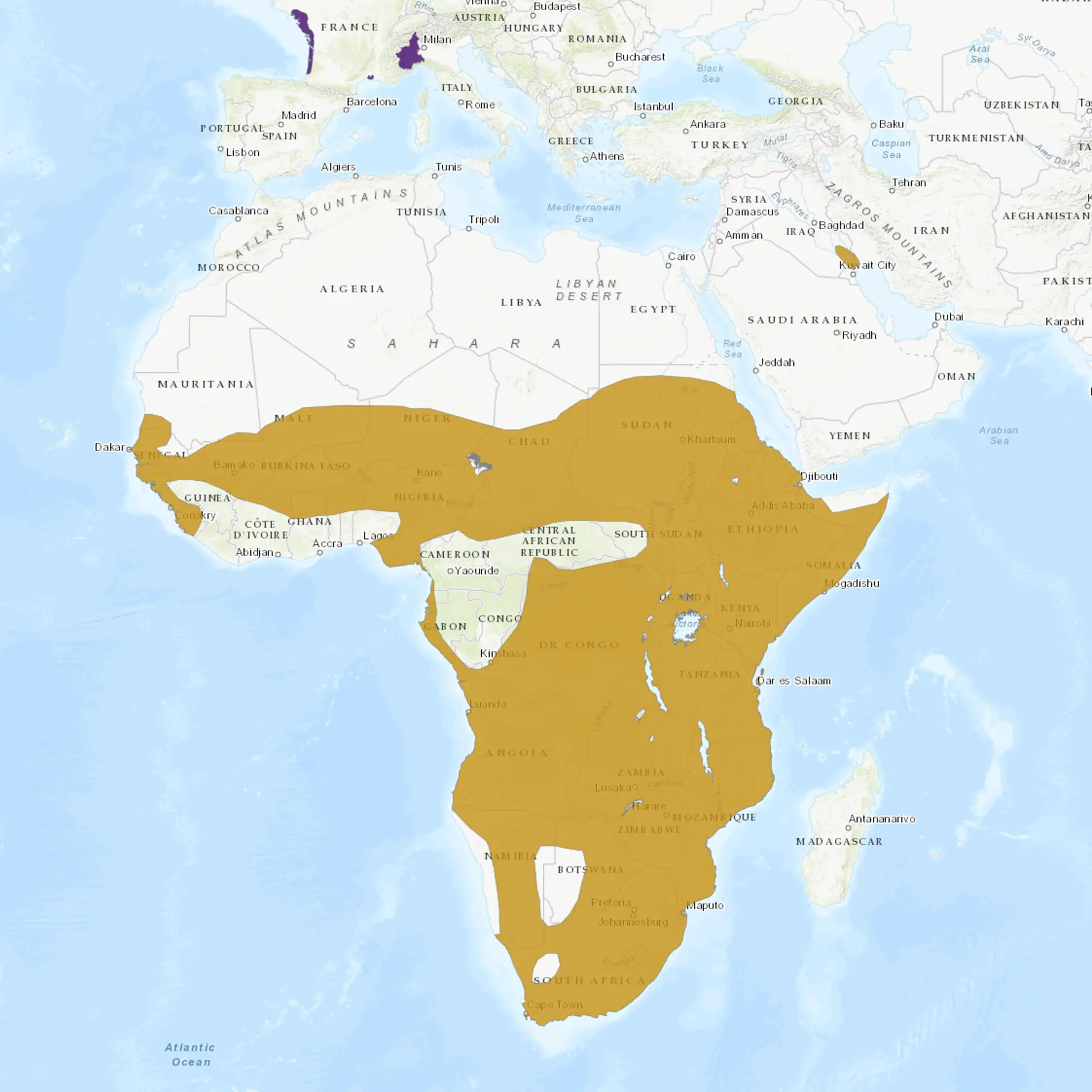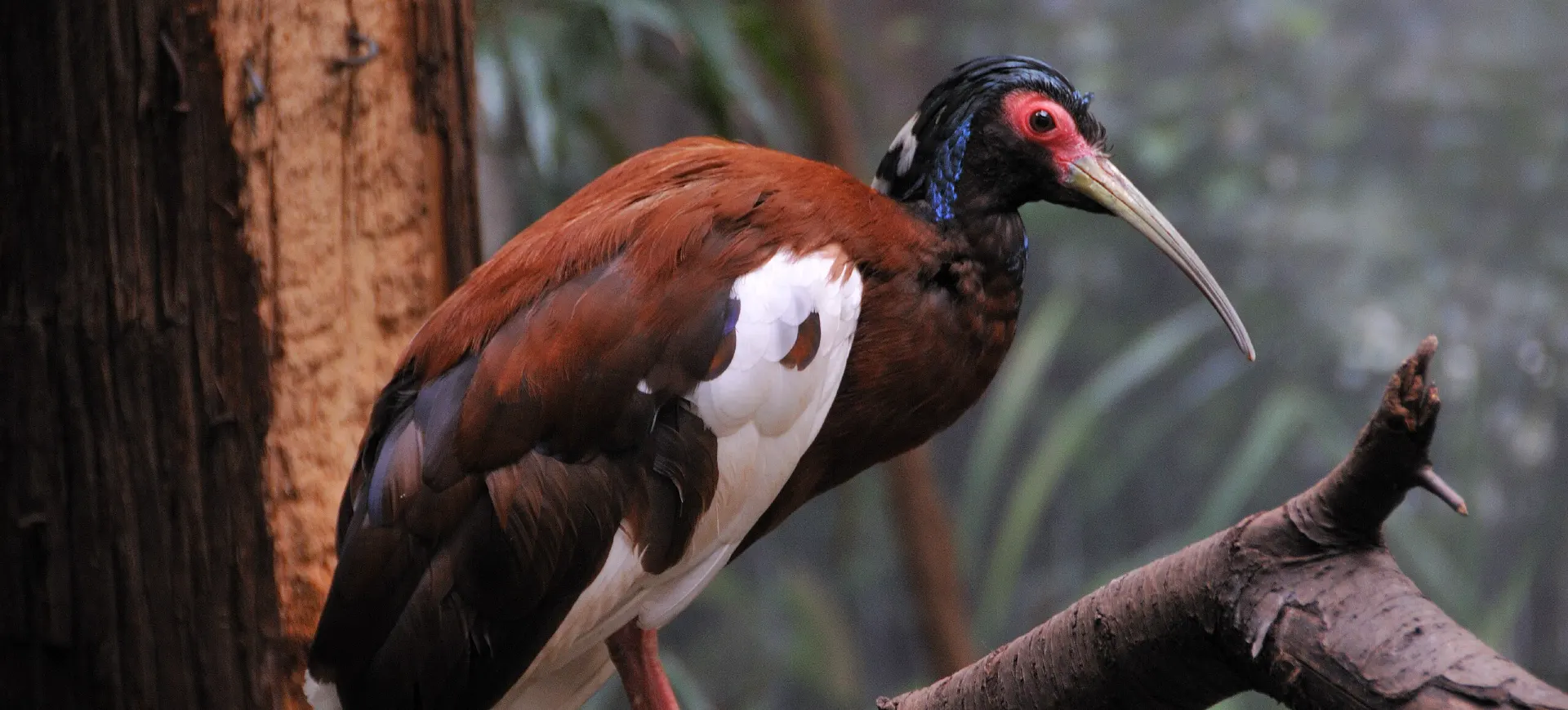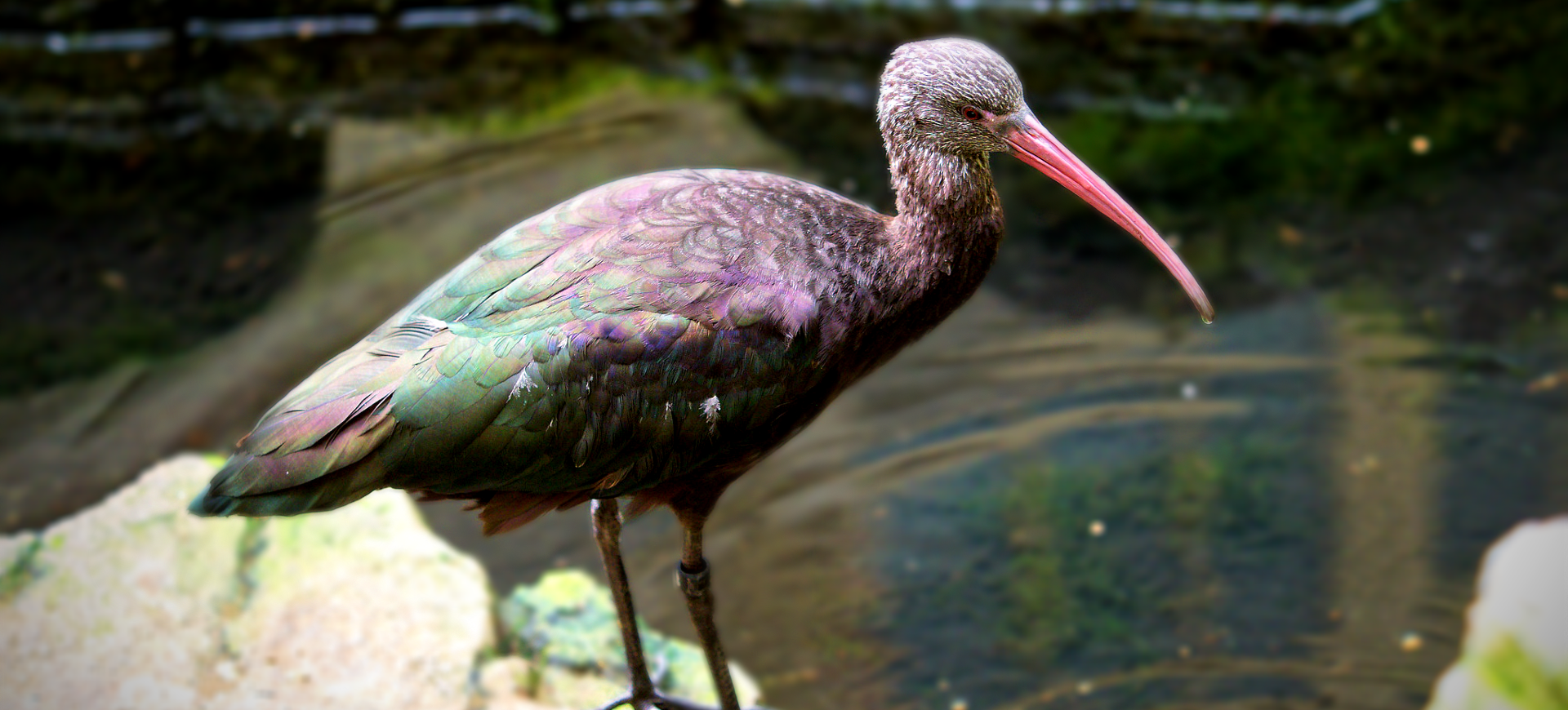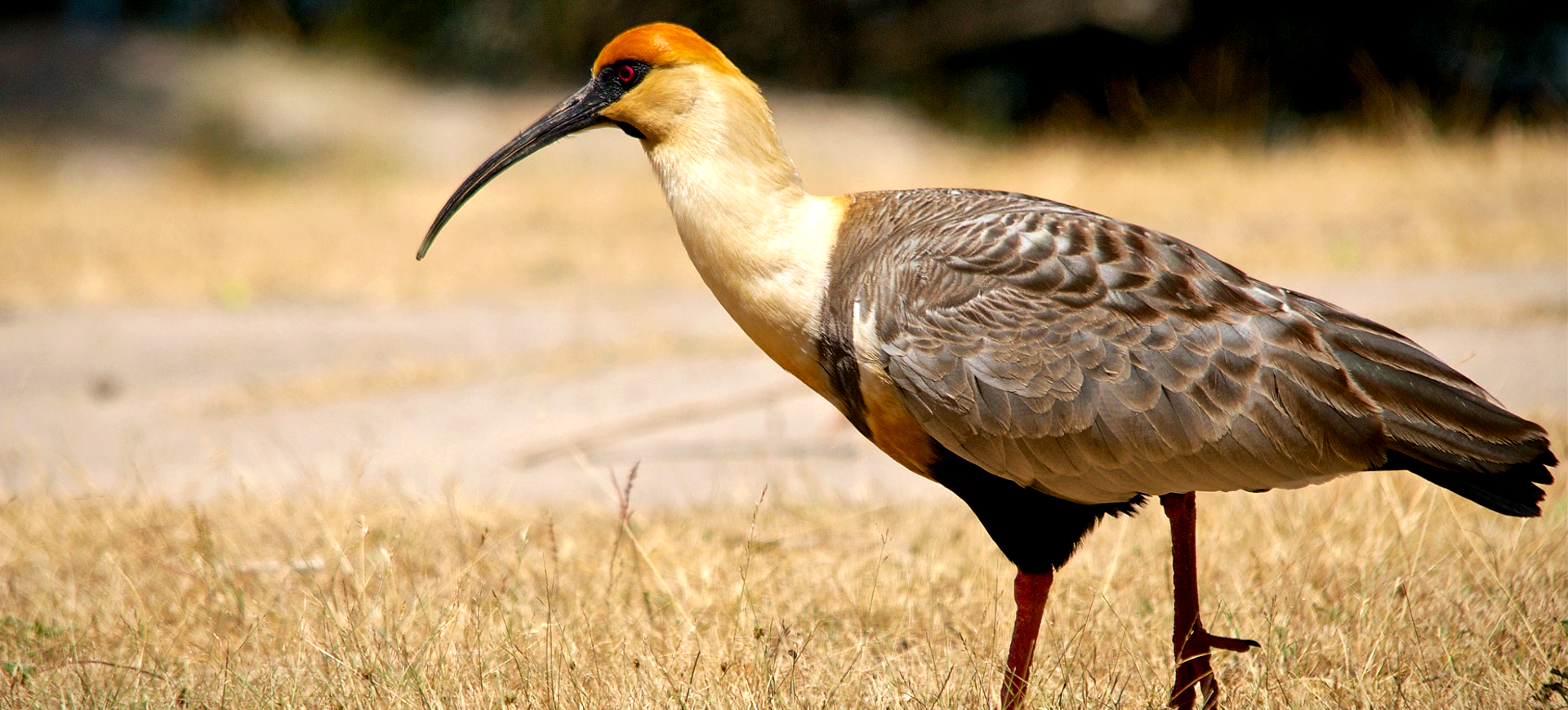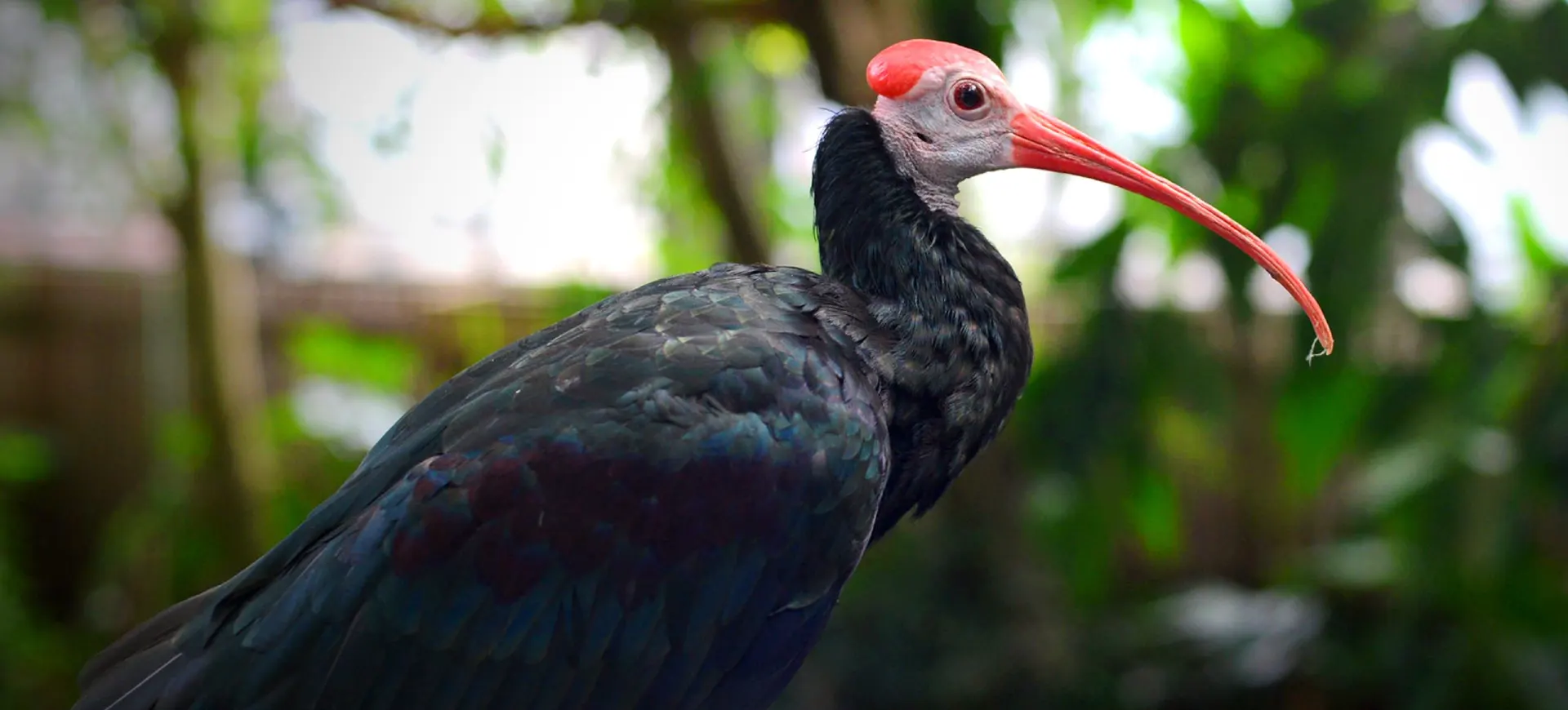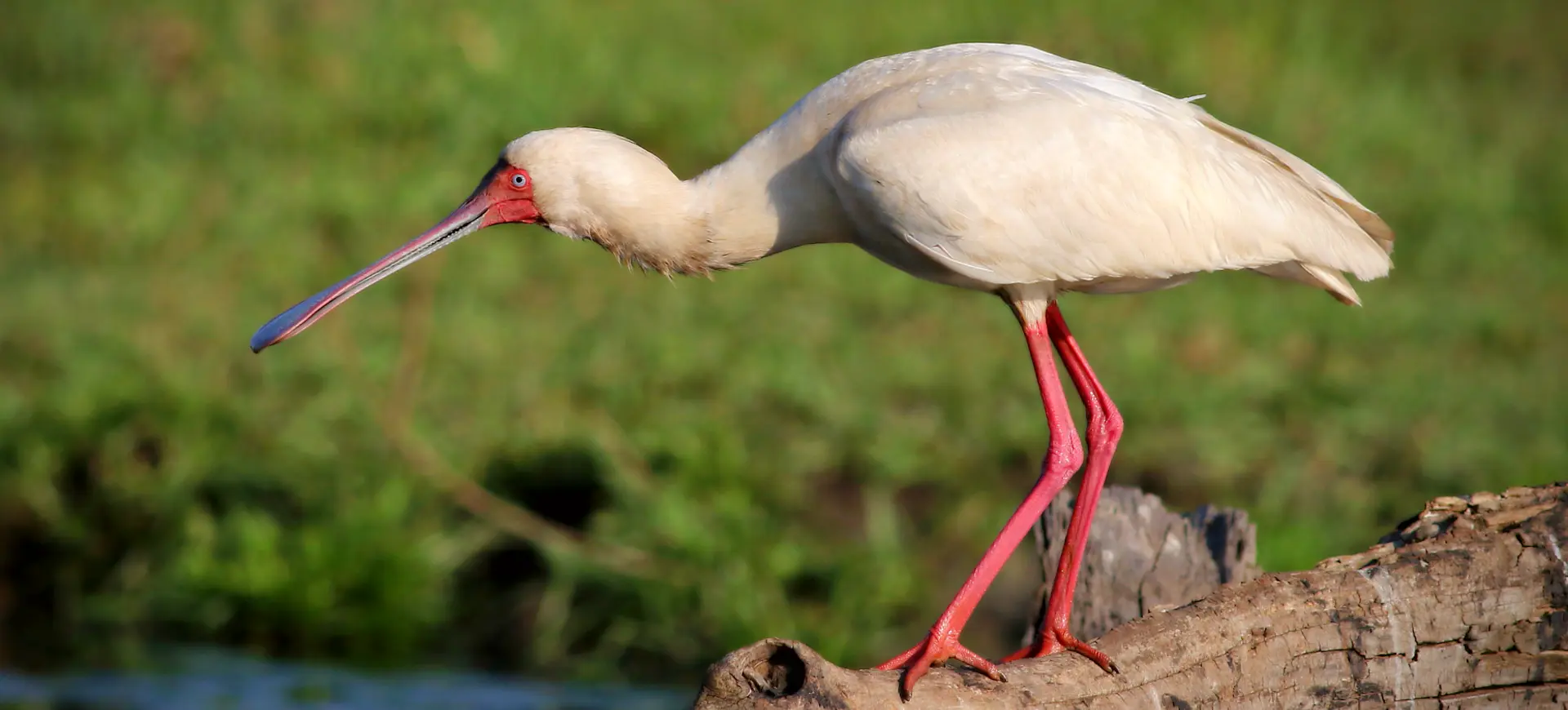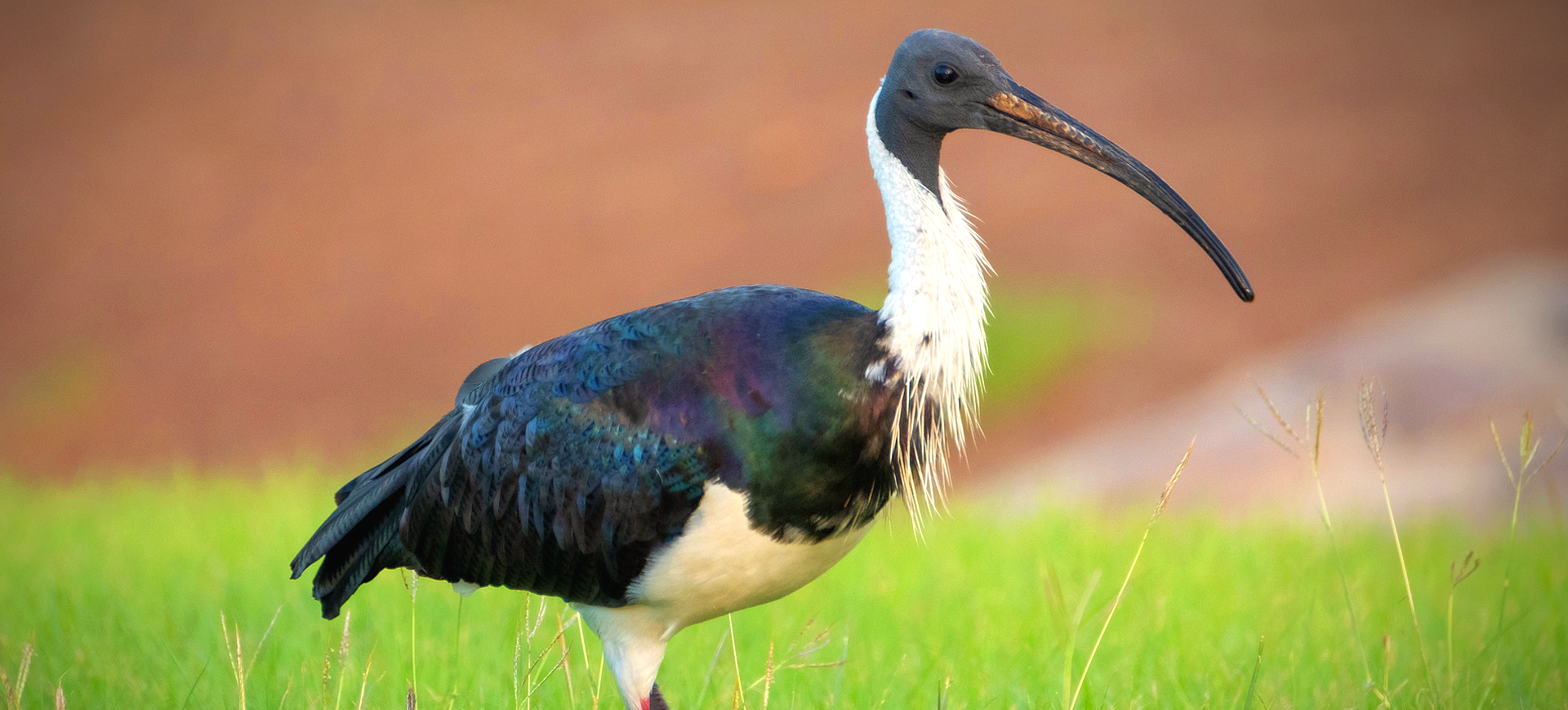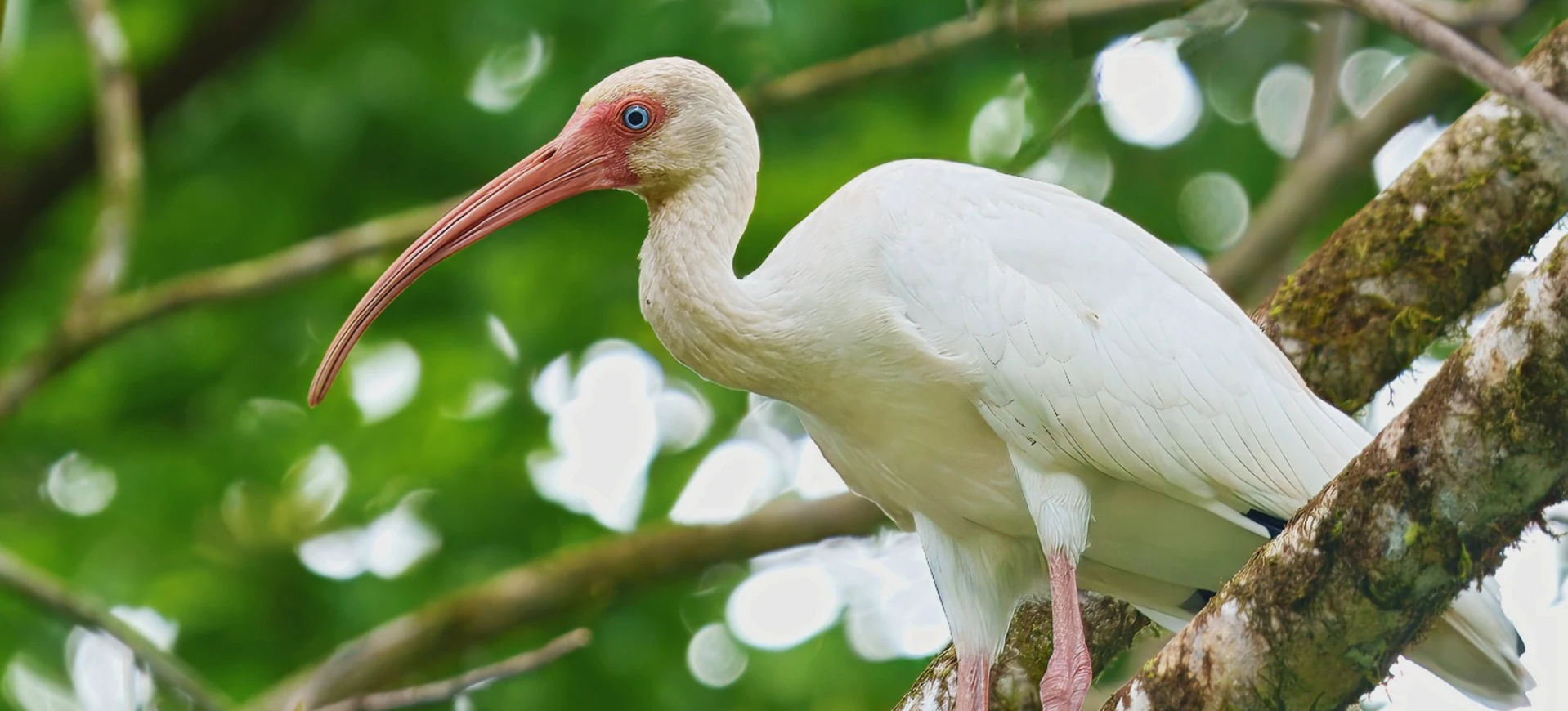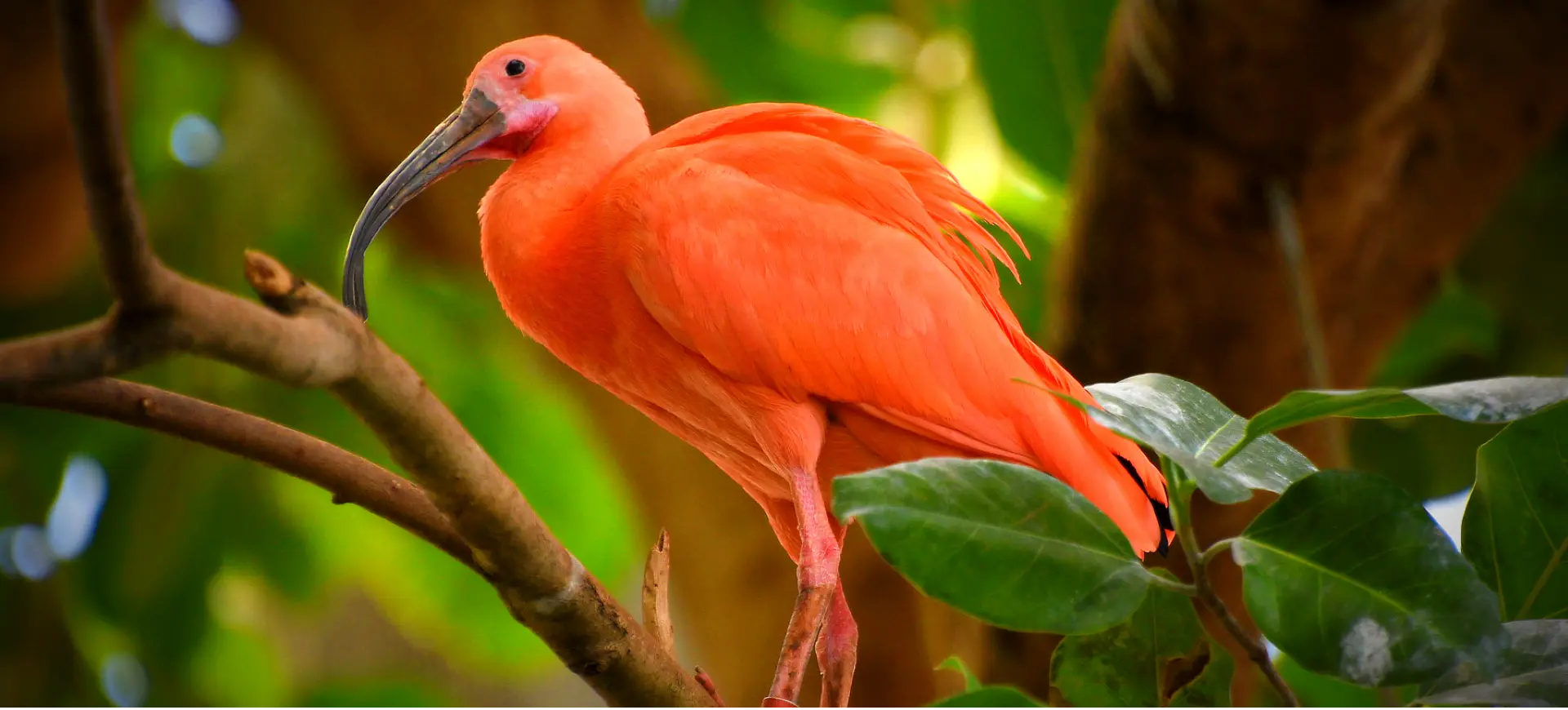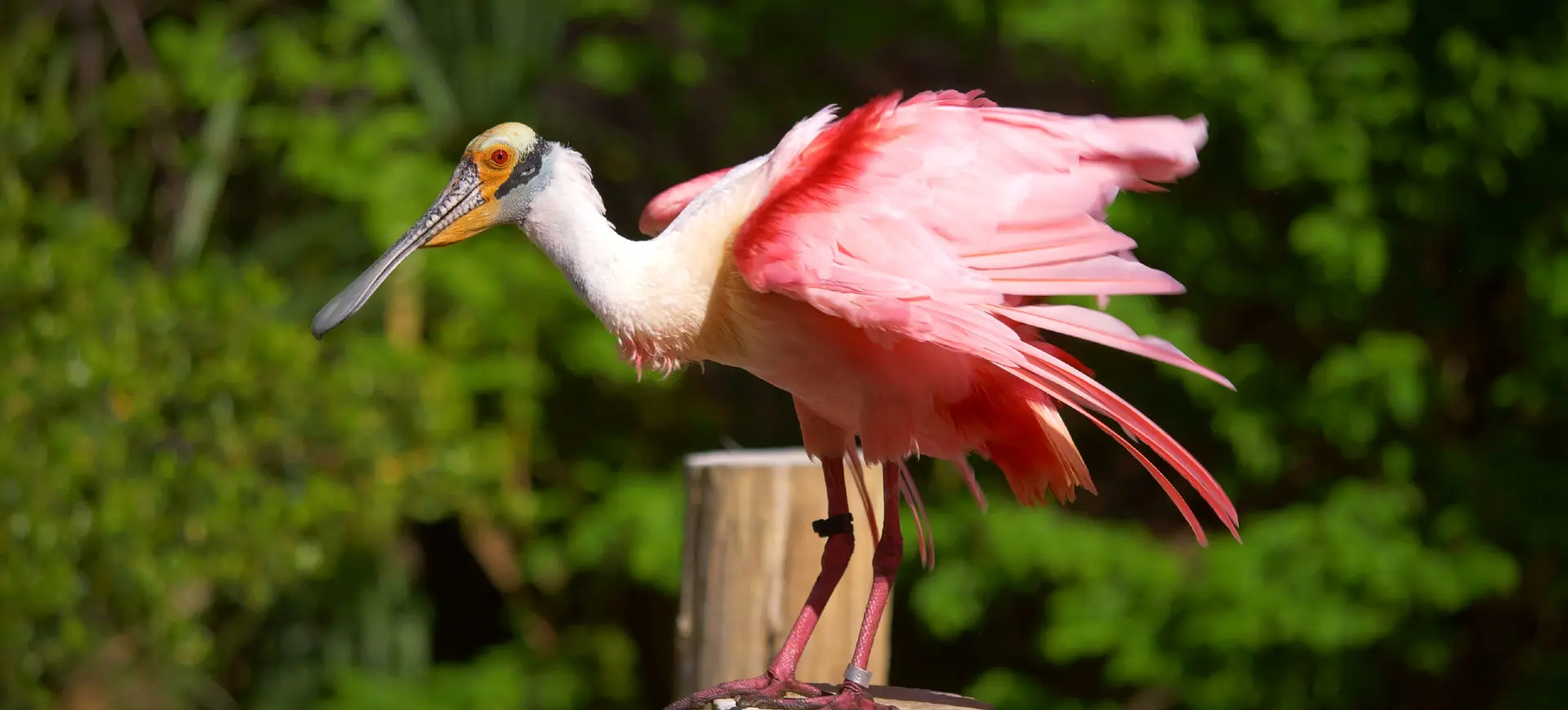Overview
The African Sacred Ibis (Threskiornis aethiopicus) is a striking bird, easily recognizable by its glossy black head and neck, contrasting sharply with its predominantly white plumage. Native to sub-Saharan Africa and some parts of the Middle East, these birds have played a significant role in ancient Egyptian culture, revered and often depicted in art and mythology. African Sacred Ibises frequent wetland habitats, including marshes, riverbanks, and shores, where they can be seen foraging for food with their long, curved bills. They are social birds, often found in large flocks, which helps protect them from predators and increases their efficiency in finding food.
The diet of the African Sacred Ibis is varied, consisting of insects, small mammals, reptiles, and various aquatic creatures, showcasing their adaptability and importance in controlling pest populations. Their foraging behavior, wading through shallow waters and probing the mud with their sensitive bills, is a distinctive aspect of their ecology. Breeding colonies of African Sacred Ibises are typically located on islands or among dense vegetation near water bodies, where they build large, messy nests. Conservation efforts for the African Sacred Ibis focus on habitat preservation and managing water resources, essential for maintaining healthy populations of these ecologically valuable birds.
Despite habitat destruction and pollution threats, the African Sacred Ibis has maintained stable populations in regions where wetland conservation is prioritized. These birds are migratory in some parts of their range, traveling considerable distances to exploit seasonal food resources. Conservation initiatives that include wetland restoration and protection from hunting are crucial for ensuring the survival of the African Sacred Ibis. Public education and community involvement in conservation efforts can further enhance the protection of this species and its habitats, sustaining the ecological balance of wetland ecosystems.
Taxonomy
Kingdom
Phylum
Class
Order
Family
Genus
Species
Type
Current distribution:
The Sacred Ibis is widely distributed across sub-Saharan Africa, with populations extending to parts of the Middle East. Despite habitat challenges, the species has maintained relatively stable populations in areas where wetland conservation is prioritized. The Sacred Ibis has adapted to human-modified landscapes in some regions, utilizing agricultural fields and urban water bodies as feeding sites. Ongoing conservation efforts, including habitat protection and management, are essential for sustaining the Sacred Ibis's distribution across its range.
The species' adaptability to different environments offers hope for its continued survival, but vigilant conservation measures are necessary to address potential threats. The Sacred Ibis's presence in various protected areas demonstrates the success of habitat conservation initiatives. However, continuous monitoring and research are needed to assess the impacts of environmental and anthropogenic changes on their populations. International cooperation can play a key role in the conservation of migratory populations, ensuring the protection of the Sacred Ibis across its geographical range.
Physical Description:
The Sacred Ibis stands out with contrasting colors, featuring a white body plumage that gleams against its black head, neck, and legs in the sunlight. The bird’s bill is long, curved, and black, specialized for digging mud and water to find food. Males and females are similar in appearance, making it challenging to distinguish between the sexes based on plumage alone. However, males tend to be slightly larger and have longer bills than females, a subtle dimorphism observed in the species.
Adult Sacred Ibises measure about 25-29 inches (63-73 cm, with a wingspan reaching up to 41-49 inches (104-125 cm), showcasing their impressive size. The weight range for males is approximately 2.9-3.5 lbs (1.3-1.6 kg), while females typically weigh slightly less, around 2.7-3.3 lbs (1.2-1.5 kg), reflecting the sexual size dimorphism in the species. Their eyes are surrounded by a patch of bare, black skin, which adds to their distinctive appearance. The overall sleek and elegant silhouette of the Sacred Ibis, combined with its poised movements, makes it a captivating sight in its natural habitat.

Lifespan: Wild: ~10 Years || Captivity: ~20 Years

Weight: Male: 2.9-3.5 lbs (1.3-1.6 kg) || Female: 2.7-3.3 lbs (1.2-1.5 kg)

Length: Male & Female: 25-29 in (63-73 cm)

Height: Male & Female: 28-30 in (71-76 cm)

Wingspan: Male & Female: 41-49 in (104-125 cm)

Top Speed: 24 mph (38.6 km/h)
Characteristic:
Native Habitat:
Sacred Ibises are native to sub-Saharan Africa, inhabiting various wetland environments, from marshes and swamps to riverbanks and lakeshores. They thrive in areas with abundant water and vegetation, which provide essential resources for feeding, nesting, and shelter. The adaptability of the Sacred Ibis to different aquatic habitats has allowed it to occupy a broad geographical range across the continent. Protection of these wetland areas is vital for conserving the Sacred Ibis, highlighting the importance of integrated water resource management and habitat restoration efforts.
Human activities, such as wetland drainage and pollution, pose significant threats to the habitats of the Sacred Ibis, underscoring the need for effective conservation strategies. The establishment of protected areas and the implementation of sustainable land-use practices can help preserve the natural habitats of the Sacred Ibis. Research and monitoring programs are crucial for understanding the impacts of environmental changes on Sacred Ibis populations and guiding conservation actions. Community involvement in habitat conservation efforts can enhance the protection of wetland ecosystems, benefiting the Sacred Ibis and countless other species.
Biogeographical Realms:
Countries:
Diet:
Diet & Feeding Habits:
The Sacred Ibis is an opportunistic feeder with a diet that includes a wide range of aquatic and terrestrial prey, such as insects, fish, frogs, small mammals, and reptiles. Their feeding strategy involves wading through shallow waters or walking along the water’s edge, using their long bills to probe the mud and vegetation for food. This species is crucial in controlling pest populations, benefiting agricultural areas and natural ecosystems. Group foraging is common among Sacred Ibises, allowing them to exploit food resources efficiently in their habitats.
Seasonal changes can influence the availability of certain prey items, prompting the Sacred Ibis to adapt its diet accordingly. The birds’ ability to consume a variety of food sources demonstrates their flexibility and resilience in different environmental conditions. Conservation of wetland habitats is essential for supporting the diverse diet of the Sacred Ibis, ensuring they have access to ample feeding grounds. Sustainable management practices in wetlands can help maintain healthy populations of prey species, benefiting Sacred Ibises and other wetland inhabitants.
Mating Behavior:
Mating Description:
Sacred Ibises are colonial nesters, with breeding pairs establishing nests in large colonies located in trees, reeds, or islands within wetlands. The breeding season is marked by elaborate courtship displays, including mutual preening, bill clattering, and loud vocalizations, strengthening pair bonds. Females lay 2-3 eggs per clutch, with both parents sharing responsibilities for incubation and chick-rearing. The nesting sites chosen by Sacred Ibises are often reused year after year, indicating a strong fidelity to breeding locations.
The social structure of breeding colonies facilitates protection from predators and increases the chances of reproductive success. The location of nests in dense vegetation or inaccessible areas minimizes the risk of predation on eggs and young chicks. The communal aspect of nesting allows for shared vigilance among breeding pairs, providing an added layer of security. Conservation of breeding habitats is crucial for the Sacred Ibis, as disturbances or habitat loss can significantly impact their reproductive success and population stability.
Reproduction Season:
Birth Type:
Pregnancy Duration:
Female Name:
Male Name:
Baby Name:
Social Structure Description:
The Sacred Ibis exhibits a social behavior that includes forming large flocks, especially outside the breeding season, which provides safety in numbers and increases foraging efficiency. Within these flocks, individuals communicate through vocalizations and body language, facilitating coordination and social cohesion. During the breeding season, forming colonies allows for collective defense against predators and shared responsibilities among parents. The social structure of the Sacred Ibis plays a crucial role in their survival, reproduction, and foraging success, reflecting the importance of social bonds and cooperation in this species.
Understanding the social dynamics of the Sacred Ibis can provide insights into their behavioral ecology and the importance of protecting communal roosting and nesting sites. The preservation of social structures is essential for the maintenance of stable and healthy populations. Conservation efforts that support the social and ecological needs of the Sacred Ibis can contribute to the success of species conservation initiatives. Research into the social behavior of the Sacred Ibis can inform habitat management practices, ensuring the protection of vital social and feeding habitats.
Groups:
Conservation Status:
Population Trend:
The Sacred Ibis is currently classified as Least Concern by the IUCN Red List, indicating a stable global population trend. However, localized declines have been observed in areas affected by wetland degradation and pollution. The species’ broad distribution and adaptability have contributed to its resilience but continued conservation efforts are necessary to address emerging threats. Protecting and restoring wetland habitats are key strategies for maintaining healthy populations of the Sacred Ibis.
Conservation initiatives focused on the Sacred Ibis also benefit a wide range of other wetland species, underscoring the ecological importance of these efforts. Monitoring programs are essential for tracking population trends and identifying critical habitats that require protection. Community-based conservation projects can engage local populations in protecting the Sacred Ibis and its habitats, fostering a sense of stewardship for natural resources. Sustainable land and water management practices can help ensure the long-term survival of the Sacred Ibis and the preservation of wetland biodiversity.
Population Threats:
The main threats to the Sacred Ibis include habitat destruction due to agricultural expansion, urbanization, and industrial development, which lead to the loss and fragmentation of wetland habitats. Pollution from agricultural runoff, industrial waste, and urban effluents can degrade water quality, affecting the health and food sources of the Sacred Ibis. Climate change poses an additional threat, potentially altering rainfall patterns and water levels in wetlands and impacting the availability of feeding and nesting sites. The illegal hunting and trade of the Sacred Ibis for traditional medicine and ornamental purposes also pose threats to some populations.
Effective conservation measures must address these threats through habitat protection, pollution control, and the enforcement of wildlife protection laws. Raising public awareness about the ecological role of the Sacred Ibis and the importance of wetlands can help garner support for conservation efforts. Collaborative approaches involving governments, conservation organizations, and local communities are essential for developing and implementing strategies to mitigate threats to the Sacred Ibis. Adaptation to climate change through the restoration of wetland ecosystems can enhance the resilience of Sacred Ibis populations and their habitats.
Conservation Efforts:
Conservation efforts for the Sacred Ibis include protecting and restoring wetland habitats, establishing protected areas, and implementing sustainable water management practices. International agreements, such as the Ramsar Convention on Wetlands, support the conservation of important wetland habitats for the Sacred Ibis and other water-dependent species. Education and community engagement programs can promote the sustainable use of wetland resources and reduce human impacts on the Sacred Ibis’s habitats. Research and monitoring activities are crucial for understanding the ecology of the Sacred Ibis, assessing conservation status, and guiding conservation actions.
The involvement of local communities in conservation projects can enhance the effectiveness of habitat protection efforts and ensure the sustainable management of wetland areas. Conservation initiatives focusing on the Sacred Ibis contribute to the broader goals of biodiversity conservation and ecosystem health. Partnerships between governments, non-governmental organizations, and international conservation bodies are key to mobilizing resources and expertise for the conservation of the Sacred Ibis. Continued commitment to wetland conservation and the implementation of effective conservation strategies are essential for ensuring the future of the Sacred Ibis and the rich biodiversity of wetland ecosystems.
Additional Resources:
Fun Facts
- The Sacred Ibis was revered in ancient Egyptian culture as a symbol of the god Thoth, associated with wisdom, writing, and the moon.
- Unlike many other bird species, the Sacred Ibis has a bald head and neck, a feature that is thought to help keep them clean while feeding in muddy waters.
- Sacred Ibises can fly long distances to find food, demonstrating their adaptability and resilience in various environmental conditions.
- The species has been successfully introduced to some areas outside its natural range, showcasing its ability to adapt to new environments.
- In ancient Egypt, mummified Sacred Ibises were offered to the gods as votive gifts, with millions of birds mummified and buried in special cemeteries.
- The Sacred Ibis’s bill is useful for foraging and serves as a tool for nest building, where they intricately weave twigs and vegetation.
- Despite their sacred status in ancient times, Sacred Ibises are now protected by law in many parts of their range to prevent hunting and ensure their conservation.
- The striking contrast of the Sacred Ibis’s white body against its black head and neck makes it one of the most recognizable birds in its habitat.
- The Sacred Ibis has a diverse vocal repertoire, including grunts, croaks, and honks used for communication within flocks.
- Conservation efforts for the Sacred Ibis also benefit other species that share their wetland habitats, highlighting the interconnectedness of ecosystem health and biodiversity.


